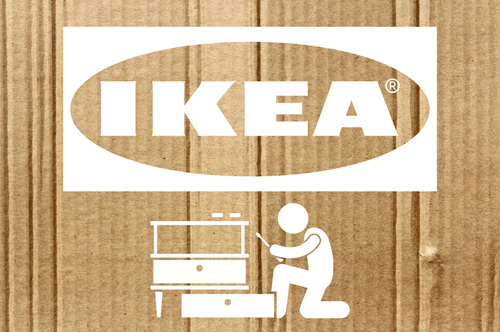
What is Point of Purchase?
The term itself is pretty straightforward, but its potential impact on meeting the overall marketing goals of a company is much more than that. We often think of marketing materials to be about convincing the customer to check out the brand or step in a store, whether it be online or brick-and mortar. So, the way we tend to understand marketing focuses on everyday contexts where the act of shopping is not yet happening. So, the customer is not a customer yet, we are trying to make them one. It’s about promoting a brand or a certain product. It’s about attracting the customer.
Point-of-purchase marketing targets people who have already become customers, who are already strolling around in the store or roaming around on the online platform. So, it’s about directing the customer to find the right product. It’s about influencing their shopping decisions.
Point-of-Purchase vs. Point of Sale: What’s the difference?
Before we dive into the details of point-of-purchase marketing, let’s talk about how these two terms are different. The term point of purchase is about where the act of shopping takes place, so it covers the entirety of the store. It’s where customers make the decision to buy things. The point of sale, however, is where you make the actual payment. So, it mostly covers the checkout area. Understanding the spatial difference between the two terms is important if you want to grasp how point-of-purchase marketing works.
Once you’re done with shopping and it’s time to pay, for instance, you’ll see that there are products and marketing materials around the checkout area that catch the eye as you’re waiting in line. The aim of those marketing materials is to encourage you to make some impulsive decisions as you’re waiting. Unlike point-of-sale marketing, point-of-purchase marketing is not about promoting impulsive purchases but about influencing your buying decisions while you’re still shopping around.
What’s the Deal with Point-of-Purchase Marketing?
There is an increasing competition between various shopping alternatives like mobile, online and brick-and-mortar, so that’s why coming up with the right marketing tools that will ramp up customer engagement in physical stores is essential for brands. Point-of-purchase marketing aims to do just that. It’s not about bringing the customer to the store or encouraging impulsive decisions at the checkout. It’s about directing the customer who has already walked in the store to make a purchase. So, it’s a no brainer that the success rate of point-of-purchase marketing is much higher. That’s why focusing on point-of-purchase marketing is key for all stores, whether it be mobile, online or brick-and-mortar.
Point-of-purchase marketing materials can be placed anywhere in the store. For instance, those cardboard cut-outs and massive posters showing you the best deal of the day or the week are great examples of point-of-purchase marketing. Because their aim is to inform a customer who is already in the store to potentially make a purchase. So, point-of-purchase marketing is about understanding the customer’s need and placing your marketing material strategically. It prioritizes informing the customer about a good deal on the product that they are already looking for.
That’s why free samples work great in supermarkets. It is a positive impact on the customer who is perhaps considering making a purchase from that category, and if they like the sample, there’s a good chance they’ll go for that specific brand. So, in comparison to no-context ads and marketing materials we come across in our daily life (i.e. when we’re not even thinking about shopping), point-of-purchase marketing materials seem like the best shot for stores and brands to influence buying decisions of their customers.































REVİEWS - 0 reviews